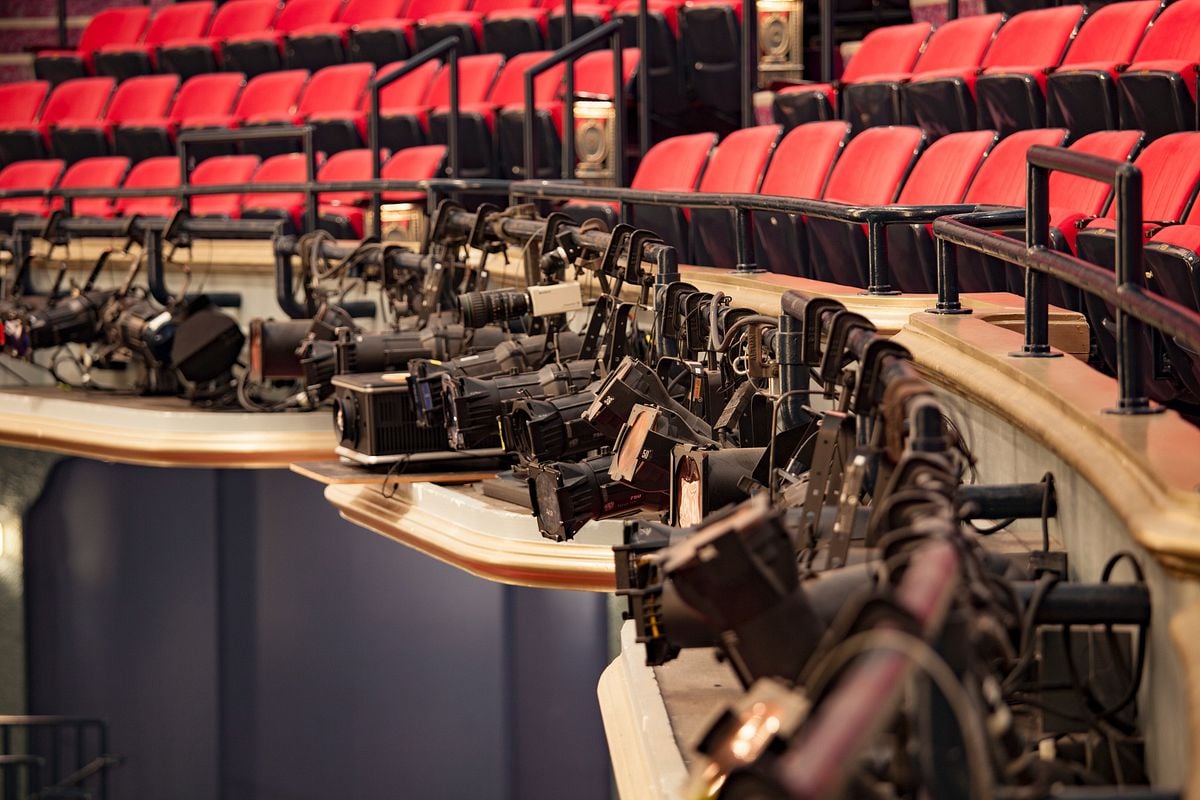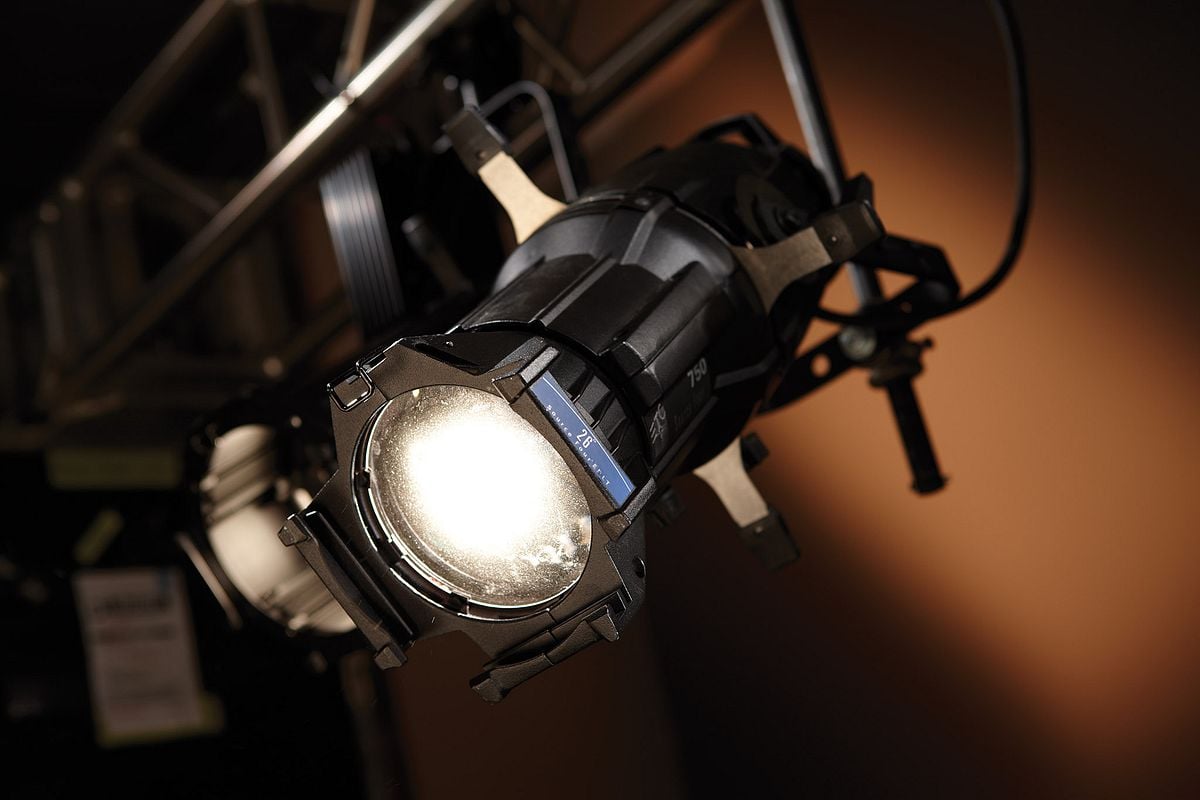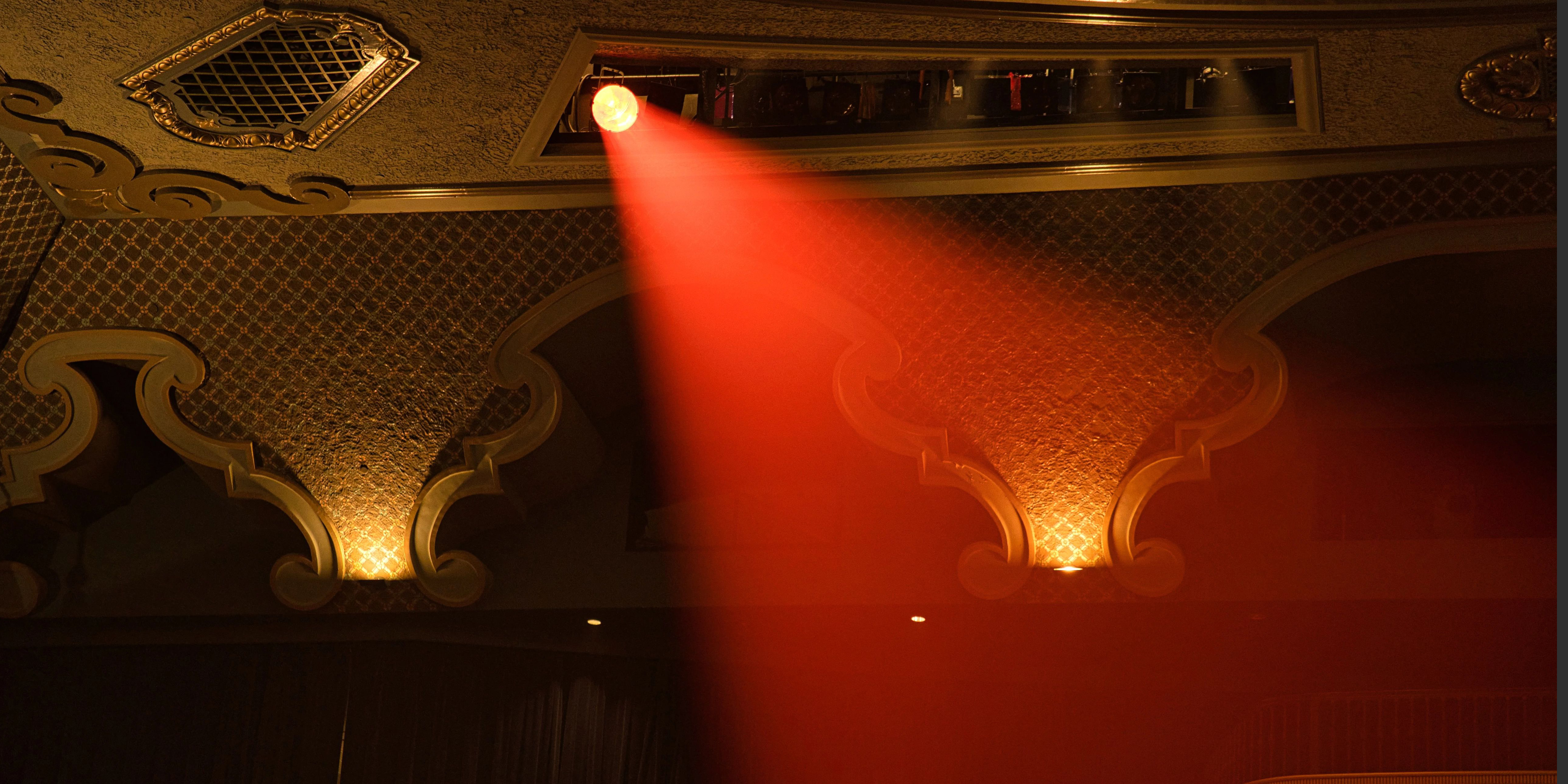Thirty years ago, ETC began selling the Source Four incandescent fixture. That timeline means that many of you reading this article have grown up with Source Four and may not remember the time when it was not standard in every theatre. But the fixture’s success did not happen overnight and there was a time when ETC had to overcome objection after objection about this new disruptive technology.
What’s in a name?
The name of the iconic Source Four came from the four-filament design of the 120 V lamps. And even though the 230 V lamps used six filaments, they also stuck with the Source Four name. This innovative lamp, invented by David Cunningham, Gregg Esakoff, and their team at entertec, proved to be the key to the fixture’s longevity and success. Never before had the market seen such a bright light for these types of installations – the 575 W HPL of the Source Four produced 40% more light than the popular Altman equivalent. Change isn’t easy, which is why this, combined with the additional design changes, made the introduction of the Source Four more complicated than anyone expected.

Glass reflectors
One of the biggest objections was to the Source Four’s glass reflector which many considered too fragile for the theatre schedule. As you can imagine, introducing glass to load in, strike, and touring shows seemed unnecessary and a recipe for disaster.
“I was selling Source Four in the early 90s and it was a sea of questions and confusion. Consultants accused us of cooking the numbers and making a fragile glass reflector. Several consultants would not even use the fixtures. In the end, users of the lights pulled us through by demanding the product. Concerns like a glass reflector fell away and eventually became a moot point.” - David Lincecum
What is a field angle?
It also introduced a new of way of understanding throw distances from focal length to field angles. Even though it now seems more intuitive, getting people to switch their thinking was quite the uphill battle. You see, the most popular American ellipsoidal product at the time was the Altman 360q. It came in four main varieties: 6x9, 6x12, 6x16, and 6x22. These numbers corresponded to lens diameter x focal length – while technically accurate, it was a fairly meaningless system to the end user.
So how did Source Four end up with 36, 26, 19, etc? The data sheet for the Altman 6x9 said the fixture had a 40° field angle. When measured, however, the true field angle was 36°. The 6x16 was stated as 20° but in reality, measured at 19°. entertec wanted to match the existing system while being more clear about what the end user was getting, so they named the Source Four lenses accurately and accordingly by degree. This, however, created significant confusion at the end user level - because it was different.
Once the 230 V lamp was developed, lighting professionals in Europe had to adjust to the idea of fixed focal length lens tubes, as their dominant system was a zoom lens configuration. More confusion. In the mid-1990s, ETC launched the 5° and 10° ellipsoidals and matched the popular American products known as 10”x12” and 8”x13” ellipsoidals that had similar field angles. These fixtures were incredibly efficient because of their large lens sizes, and they changed the way long-throw, front-of-house lighting looked.

Measuring in lumens
Another point of confusion was the use of total lumens as the primary unit of performance measurement. Most designers focused on foot candles - which only indicate performance at one point in the light field. A light could be very bright at the center but very dim through the rest of the beam. One of the big achievements of Source Four was the more-even distribution of light throughout the entire circle of light. This meant that the center beam foot candles on Source Four were often measured lower than existing fixtures even though the total delivered light was often 30%-40% greater.
Designers who saw the light in person quickly understood the difference. But when you’re launching a new product, you have to remember that most people have not seen them.
“During the first few years they were hard to find. We went around demonstrating the hell out of them, but designers had to experience them on a stage to be convinced. Eventually we reached that critical point of designers having seen stages lit by Source Fours. That’s when they took over the whole market because the quality of light really was so superior.” – David Lincecum
Another interesting note is that the Source Four PAR, which was introduced in 1995, delivered fewer total lumens than the popular PAR 64, but had a beam of light so superior that designers switched anyway. They were easier to adjust and smaller in size. Add in the ability to swap lenses instead of entire lamps, and the efficiency of the Source Four PAR in the narrow and very narrow spot, and you had a fixture that was now remarkably better than its competitor.
Anyone remember the anxiety around adjusting the lamp inside a PAR64? You reached in, grabbed the back of the hot lamp, and crossed your fingers that you didn’t grab the bare wires by mistake!
Family Legacy
Source Four paved the way for an entire family of fixtures at ETC. Everything from the pint-sized Source Four Mini to the Source Four LED Series 3 that is currently dominating the professional theatre market, makes us proud to have this incandescent fixture in our family tree.






